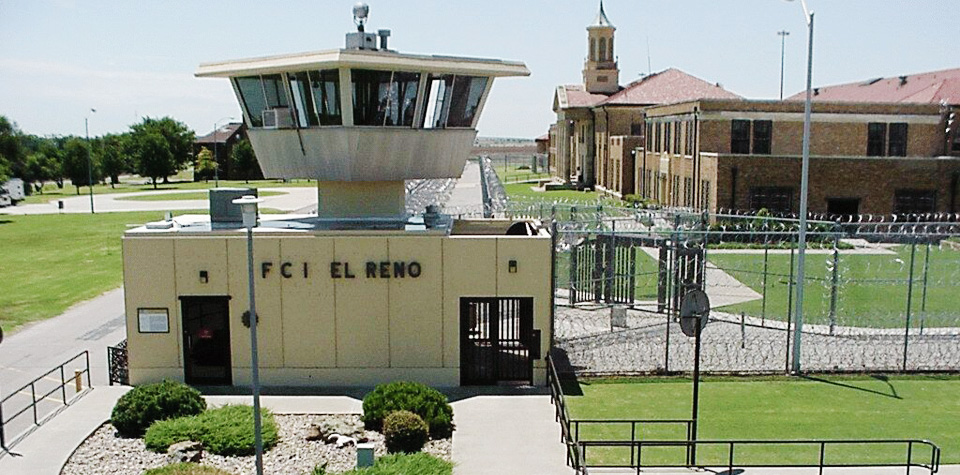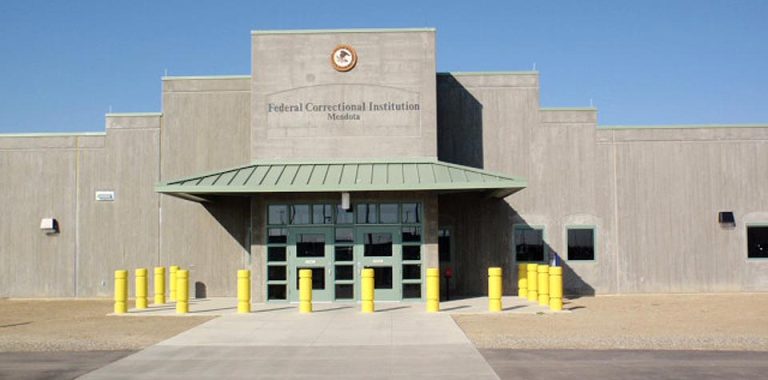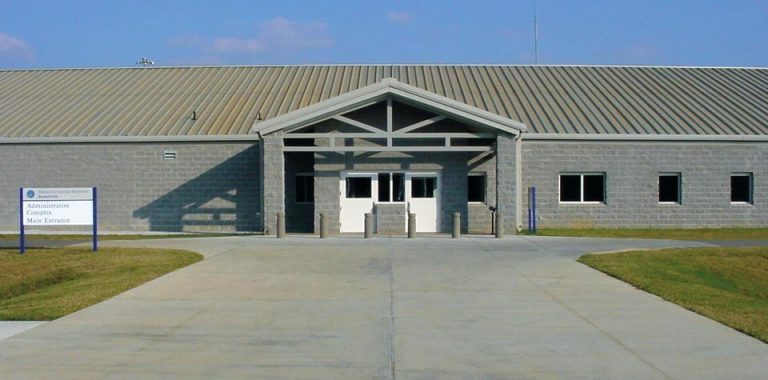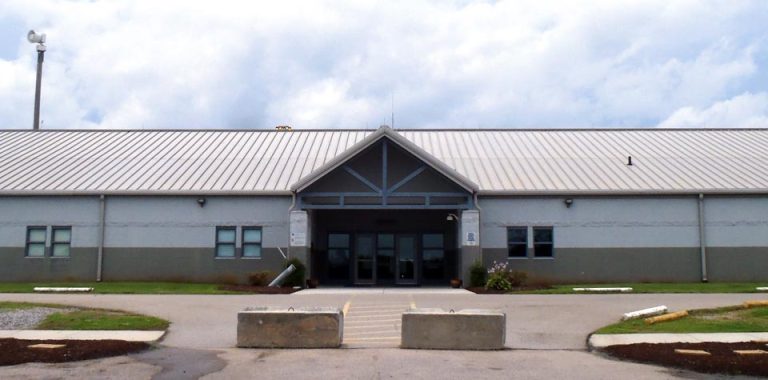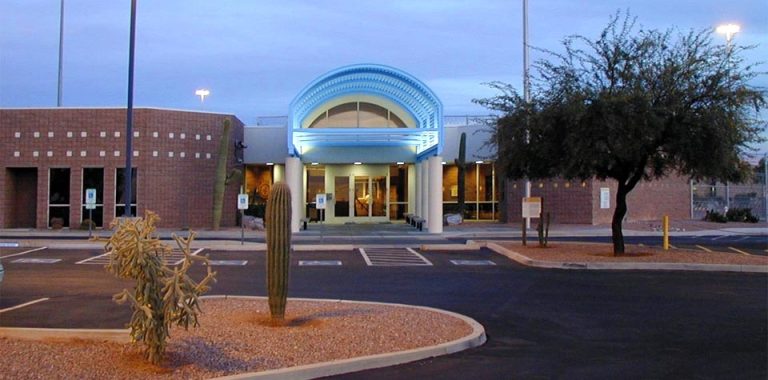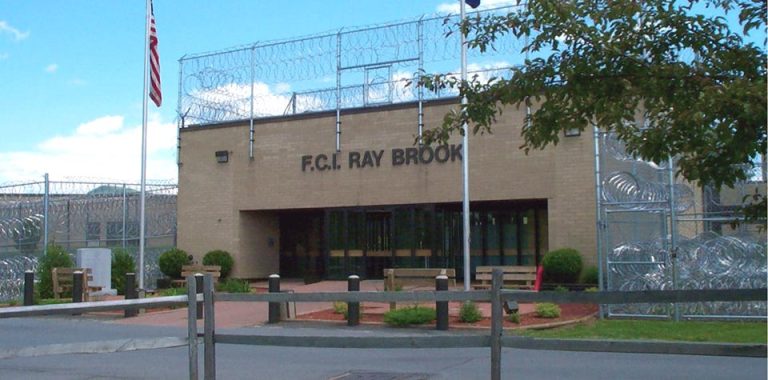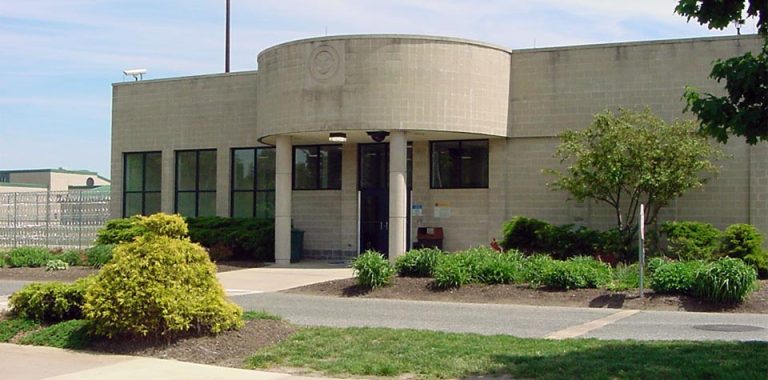
Written by
James Calder, Senior Lecturer of Law and Social Justice, Emerson College

Reviewed by
Rachel Steiner, Co-Founder, Coalition for Peace and Justice – Chicago
FCI El Reno: A Comprehensive Guide to the Federal Correctional Institution in Oklahoma
Imagine a facility that operates like a small city, complete with its own rules, economy, and daily rhythms. That’s FCI El Reno, a medium-security federal prison in Oklahoma. Whether you’re a family member of an inmate, a researcher, or just curious, this guide will walk you through everything you need to know about this institution. Let’s dive in.
Overview of FCI El Reno
What Is FCI El Reno?
FCI El Reno is part of the Federal Bureau of Prisons (BOP) network, housing male offenders in a medium-security facility alongside a minimum-security satellite camp. Think of it as two prisons in one: the main institution handles higher-risk inmates, while the camp focuses on those nearing release.
Location and Contact Information
Nestled at 4205 Highway 66 West in El Reno, Oklahoma, the facility is about 30 miles west of Oklahoma City. Need to get in touch?
- Phone: 405-262-4875
- Email: [email protected]
Pro tip: Always include the inmate’s full name and ID number in correspondence.
H3: Security Levels and Inmate Population
As of recent data, FCI El Reno holds 1,169 inmates: 1,028 in the main facility and 141 in the camp. The medium-security unit has stricter controls, while the camp offers more freedom—like lower fences and communal work programs.
History of FCI El Reno
Early Years and Development
Opened in the late 1970s, FCI El Reno was built to address overcrowding in federal prisons. Its design reflects the BOP’s shift toward rehabilitation, with spaces for education and vocational training.
Modern Updates and Notable Events
In 2015, President Obama visited to discuss prison reform, shining a spotlight on the facility. Recent audits, like the 2025 PREA report, highlight ongoing efforts to improve inmate safety.
Facility Details and Structure
Medium-Security Federal Correctional Institution (FCI)
The main facility features perimeter fencing, armed patrols, and controlled movement. Inmates here have access to counseling, GED programs, and trades like carpentry—skills that act as lifelines post-release.
Adjacent Minimum-Security Satellite Camp
The camp resembles a college dorm, with open bays and shared kitchens. Inmates often work on community projects, like maintaining local parks, which builds trust and responsibility.
Contact Information and Directions
Physical Address and Mailing Guidelines
Mail to inmates must include their full name, ID number, and the address:
FCI El Reno Inmate Name, ID Number 4205 Highway 66 West El Reno, OK 73036
Avoid sending cash—use money orders or electronic transfers instead.
Driving Directions from Oklahoma City
Take I-40 West to Exit 119 (Route 66). Turn left onto Highway 66; the facility is on the right. Easy to miss? Look for the low-slung buildings and signage.
Visiting FCI El Reno
Visiting Hours and Scheduling
Visits are allowed Fridays through Mondays, 8 AM–3 PM. Schedule at least 72 hours in advance via the BOP website.
General Visitor Requirements
- Government-issued ID required.
- No revealing clothing or electronics.
- Kids under 18 need birth certificates.
Special Accommodations for Media
Journalists must request access through the BOP’s public affairs office. Expect background checks and escorted tours.
Visitation Rules and Regulations
Visits can be canceled for weather or security issues. Translation: Always call ahead during snowstorms!
Sending Items to Inmates
How to Send Mail to Inmates
Use USPS only. Prohibited items include Polaroids, stickers, or anything that could be “weaponized” (yes, even too many stamps).
Sending Money to Inmates
Options include:
- Western Union: Use the inmate’s full name and ID.
- BOP’s Trust Fund: Online transfers via ConnectNetwork.
Freight and Non-USPS Parcel Policies
Approved vendors can send legal documents or religious materials. All parcels are X-rayed—no exceptions.
Resources for Sentenced Inmates
Admissions & Orientation (A&O) Handbook
This “survival guide” covers rules, programs, and emergency protocols. Available in English and Spanish.
Commissary List and Purchasing Process
Inmates buy snacks, toiletries, and stationery using funds from their commissary accounts. Prices are higher than Walmart—think $4 for a tube of toothpaste.
Legal Resources and Activities
The law library offers computers for drafting appeals. Need a notary? Submit a request slip.
PREA Compliance and Reporting
The 2025 PREA audit noted improved staff training but flagged underreporting of incidents. Inmates can file anonymous reports via locked boxes.
Daily Life at FCI El Reno
Inmate Routine and Programs
Mornings start with roll call, followed by work assignments or classes. Ever seen Orange Is the New Black? It’s less dramatic but just as structured.
Educational and Vocational Opportunities
From HVAC certification to anger management workshops, FCI El Reno prepares inmates for reintegration.
Recreation and Mental Health Support
The yard has basketball courts and weight benches. Counseling is available, though waitlists are long.
Job Opportunities at FCI El Reno
Current Vacancies and Application Process
Jobs range from correctional officers to teachers. Apply via USAJobs.gov—benefits include federal healthcare and pensions.
Notable Features and Community Impact
FCI El Reno’s Role in the BOP System
It’s a model for balancing security and rehabilitation, often cited in policy debates.
Historical Significance and Media Coverage
Local newspapers have covered its firefighting program, where inmates assist rural departments.
Challenges and Criticisms
Overcrowding and Resource Limitations
With staff shortages, educational programs are often cut first. Imagine 30 inmates vying for one computer.
Addressing Safety and Rehabilitation
While PREA compliance is strong, advocates argue mental health services need more funding.
Conclusion
FCI El Reno isn’t just a prison—it’s a microcosm of the criminal justice system’s complexities. From its structured routines to its community ties, understanding this facility offers insight into broader efforts to rehabilitate and reintegrate.
Nestled in the heart of Oklahoma, FCI El Reno stands as a cornerstone of the federal correctional system operated by the Federal Bureau of Prisons (BOP). Established in 1933 under the Department of Justice, this medium-security federal prison was originally part of the United States Southwestern Reformatory network, later renamed to reflect its role in modern corrections. Situated near historic Fort Reno—a former cavalry post that played a role in World War II—the facility blends history with its mission to incarcerate and rehabilitate male inmates.
The Bureau of Prisons designed FCI El Reno to function as both a prison camp for low-risk offenders and a medium-security federal institution for those requiring stricter supervision. Its visiting schedule accommodates families and legal counsel, with typical visiting hours structured to ensure security while fostering connections. Inmates here participate in programs like carpentry and vocational training, overseen by a warden committed to reducing recidivism. Notably, the facility gained attention when President Barack Obama visited to discuss criminal justice reform, highlighting its role as a model for federal reformatory practices.
Frequently Asked Questions (FAQs)
- Can I visit an inmate without scheduling in advance?
No—all visits require prior approval via the BOP’s online system. - How long does mail take to reach an inmate?
Typically 3–5 business days, but allow extra time for security screening. - What security level is FCI El Reno?
The main facility is medium-security; the camp is minimum-security. - Are there notable inmates at FCI El Reno?
The BOP doesn’t disclose names, but the facility has housed white-collar and non-violent offenders. - How can I access the PREA audit report?
Download it from the BOP’s website or request a copy via email.

